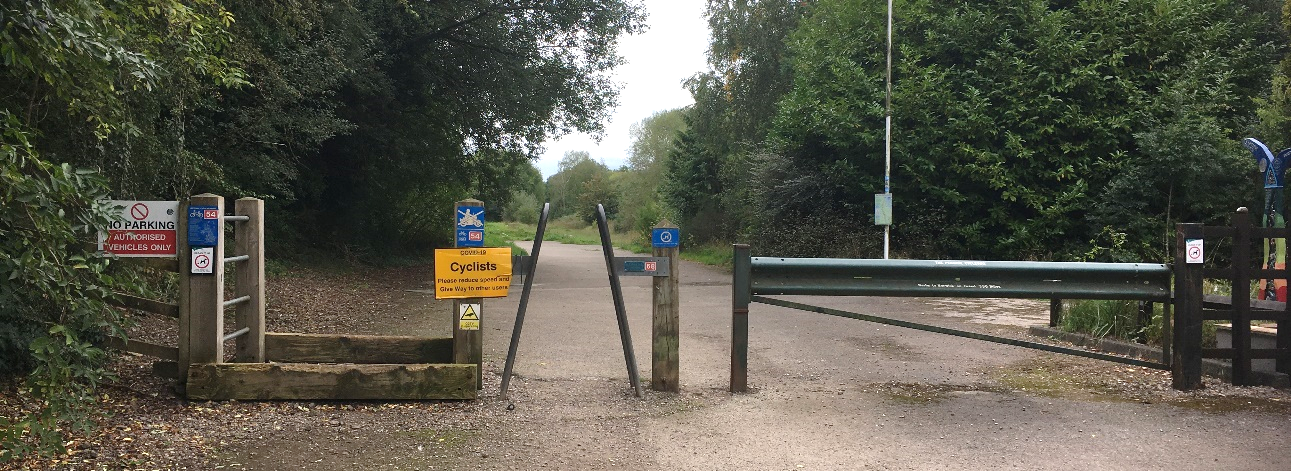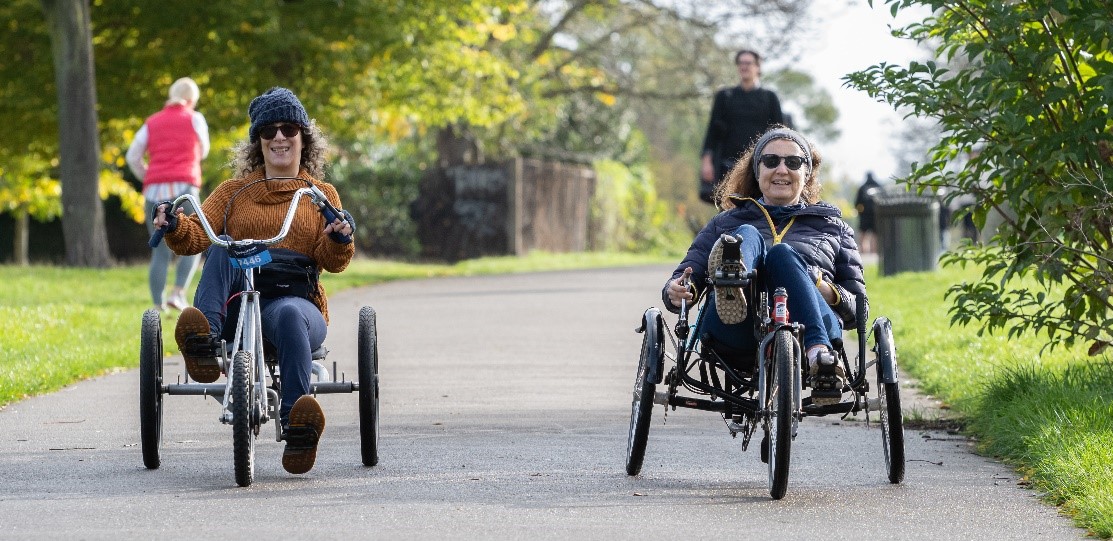Introduction
At Wheels for Wellbeing we’re releasing a series of guidance sheets for individuals interested in active travel, local authorities, NGOs, other organisations involved in decisions about walking, wheeling and cycling schemes. These guidance sheets help explain the reasoning behind different aspects of accessible design. The Equality Act (2010) is important legislation which requires organisations to provide access to Disabled people.
Our guidance sheets are aligned with our Guide to Inclusive Cycling (5th edition due early 2024). They may be printed, electronically distributed or quoted provided credit is given to Wheels for Wellbeing.
Download the Wheels for Wellbeing Guide to the Equality Act and Barriers as a Word document
Download the Wheels for Wellbeing Guide to the Equality Act and Barriers as a pdf
The Equality Act & Equal Access
The Equality Act prohibits organisations and individuals from discriminating against Disabled people and others with protected characteristics, regardless of whether the discrimination was intended or not (see Wheels for Wellbeing Guide to The Equality Act(2010)).
The Equality Act does allow for some exceptions if an organisation can demonstrate that the inaccessibility was necessary as a “proportionate means of achieving a legitimate aim”, or if it’s simply too expensive or very impractical for the organisation to remove the barrier.
Barriers on Cycle Routes
Local authorities often face complaints about motorcycles illegally and sometimes dangerously driving on cycle routes and bridleways.
Some authorities have historically used barriers such as chicanes, A-frames, K-barriers or “kissing gates” to try and prevent illegal access by motorcycles.
Unfortunately, these barriers often prevent disabled cyclists and others who use non-standard cycles from using the cycle route – and are often ineffective at preventing motorcycle use on the route, too.
Barriers frequently prevent access to routes for Disabled people:

Unreasonable and Disproportionate Exclusion
Can it ever be reasonable to install barriers that prevent legitimate use of active travel routes? We don’t think so: Uninsured, illegal drivers injure over 26,000 people in the UK each year and half of car drivers illegally speed on 30mph roads – yet drivers are not routinely prevented from using the roads where these illegal and often lethal acts occur.
In a Court of Appeal judgement in 2021, three judges agreed that “it cannot possibly be justified to prevent bicycles from taking advantage of what would otherwise be a lawful use of the track in order to inhibit the unlawful use by motorcycles.”
We believe this judgement is likely to mean that stopping Disabled cyclists and others using non-standard cycles from accessing cycle routes with access restrictions is not permitted, even when illegal motorcycle use on the route could be reduced by access restriction barriers and when other means of reducing motorcycle use have been proven ineffective.
In reality, we know that barriers are also generally ineffective against motorcycle riders determined to get through or around them: Barriers all too often block Disabled access while not stopping the antisocial behaviour they are meant to prevent!
Legal Challenges
Under s136 of the Equality Act, landowners have to prove that barriers are proportionate means of addressing a genuine problem if the barriers obstruct Disabled access.
If cycle routes have barriers retained or added, the landowner (usually the local authority) is likely to be illegally discriminating against Disabled people under the Equality Act. If it is unreasonably difficult or impossible for a Disabled person to access the cycle route, they can take legal action every time they are prevented from accessing the cycle route, not just once. If a discrimination claim is successful, the landowner may have to remove the barrier/s and/or pay damages to the claimant.
Barrier-free routes can be enjoyed by people using a wide range of cycles:

References/Further reading/Resources:
- Equality Act (2010))
- Equality Act (2010) Statutory Code of Practice (Services, public functions and associations)
- Technical Guidance on the Public Sector Equality Duty: England (Wales, Northern Ireland and Scotland versions available)
- LTN 1/20 Cycle infrastructure design
- Wheels for Wellbeing Guide to Inclusive Cycling (4th edition, 2020)
- Taking Action against Discriminatory Barriers (resources and webinar link)
- Wheels for Wellbeing guidance sheets (2023 onwards)
